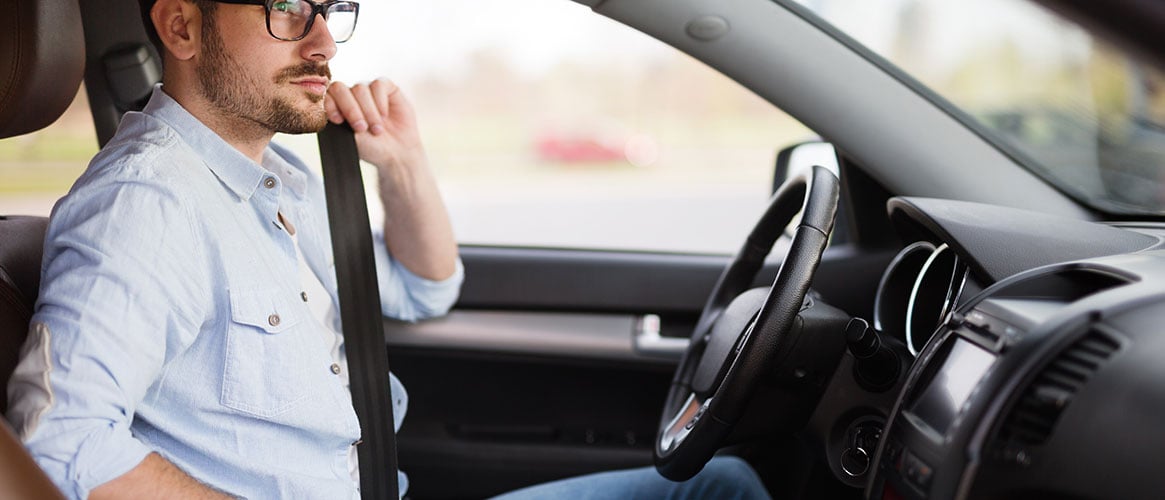Motor vehicle accidents are one of the leading causes of deaths in the U.S., according to the Centers for Disease Control. The CHP reports the most frequent accident causes on California roads include unsafe speed, unsafe following, improper turns, and inattention to the road. However, proper driver education, seat belts, following speed laws, obeying the rules of the road, and paying attention to the road and fellow drivers can help reduce the risk of being injured or killed in a motor vehicle accident.
Following posted speed limits on roads and highways and reducing excessive speed improves your ability to respond to unexpected road hazards. The higher the speed, the greater the risk of serious injury or death in a crash.
Posted speed limits are maximums. Always maintain a speed that is reasonable for the road and the conditions at the time. Take into account the weather, visibility, traffic, and the surface conditions of the road when you determine your speed of travel. Never use a speed that endangers your safety, other persons, or property.
The CHP recommends you leave a 3-second cushion between your car and any vehicle you are following. This applies if the pavement is dry, there’s no heavy traffic, and your brakes are in top condition. In poor conditions, add one more second for each weather condition or hazard encountered.
Avoid unsafe turns—never pull out in front of a car that has not committed to a stop or a turn.
Be a defensive driver and prevent accidents by scanning the road and other drivers. Watch the road ahead and behind you. Keep your eyes moving and stay alert to be prepared to react to the unexpected.
Pay attention to what you and other drivers are doing on the road. Adjust your seat and mirrors and preset your favorite radio stations and climate controls before you start the car. Don’t eat, drink, smoke, or read while driving. The best and safest situation is to be stopped when using a cell phone. Never text or use a personal digital assistant while driving. And, do your personal grooming at home, not in the car.
Get driver’s education training for California roads and know how to operate vehicles that you are assigned to take on the road.
Always wear your seat belt when driving or riding in a vehicle. According to the National Highway Traffic Safety Administration (NHTSA), seat belts reduce the risk of fatal injury by 45 percent in a car and by 60 percent in a light truck. A lap and shoulder belt is best, but use a lap belt if it is present. Only transport people in a car or truck if you have enough seatbelts for everyone.
When you get behind the wheel of a vehicle, follow the rules of the road. Do not drive if you have been drinking, are on medication, or are very tired. Be a courteous and safe driver and yield the right of way when necessary.
Driving Distracted?
Driving down the road is no longer a lonely, quiet experience. With cellular phones, two-way radios, and stereos, the interior of your vehicle no longer offers a quiet place to focus on driving.
These days with everyone’s life so busy, paying attention while driving can be difficult. Have you ever been driving down the road and suddenly you notice you don’t remember the last three miles you traveled? Although your attention may only be diverted for a split second, the ever-changing variables of the road and other vehicles can make you instantly vulnerable to accidents.
The following rules can help you concentrate on what you should be doing…driving.
- Tie up loose ends before you leave the office.
- If you must travel in heavy traffic areas, plan your travel at times other then rush hour.
- Know the condition of the roads on which you are travelling and drive only as fast as those conditions allow.
- If you must use your cellular phone while driving, pull to the side of the road and make your call.
- Pre-set any GPS coordinates prior to driving, to ensure that you keep your eyes on the road.
- Wear your safety belt at all times.
- Set the radio to a station and leave it there until you stop again.
- Stay alert and drive defensively, with caution.
- Watch out for and anticipate other drivers, pedestrians or children on or near the road.
- Stay out of the other vehicle’s blind spot
- Keep a safe distance from other drivers by maintaining a safety cushion around your car.
Safe drivers scan constantly for hazards, predicting how they may be affected by a hazard and pre-determining how to avoid or reduce them.
